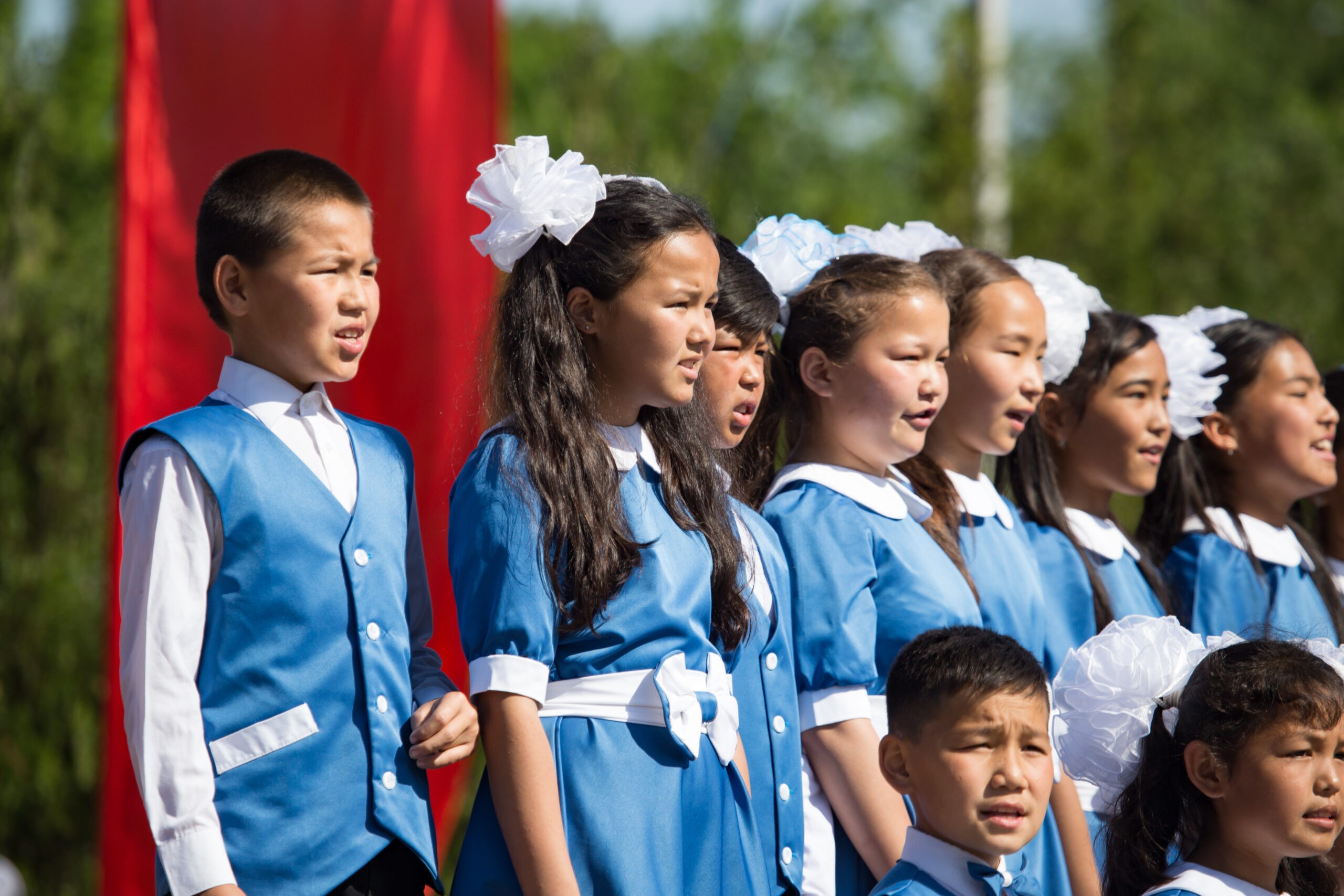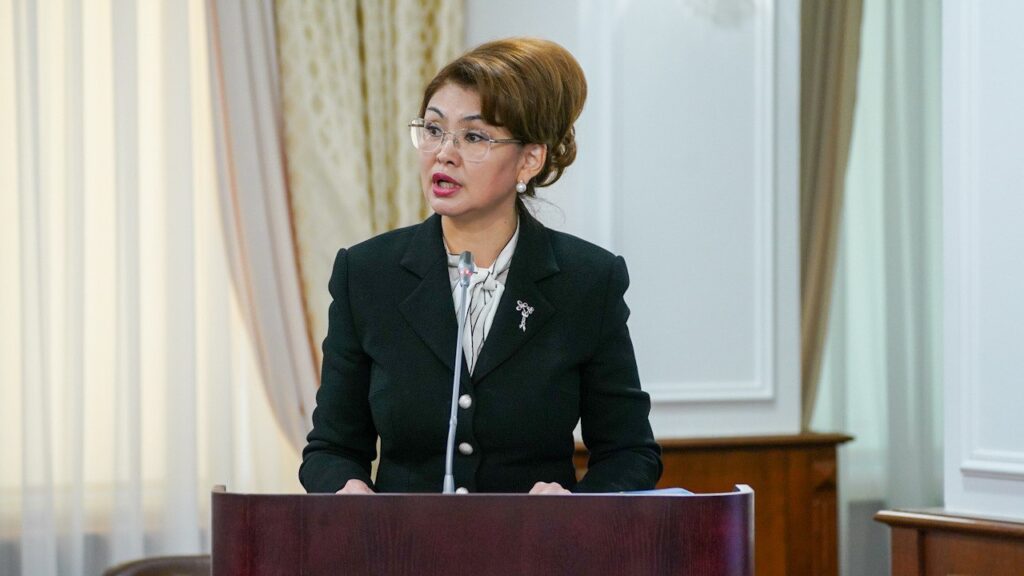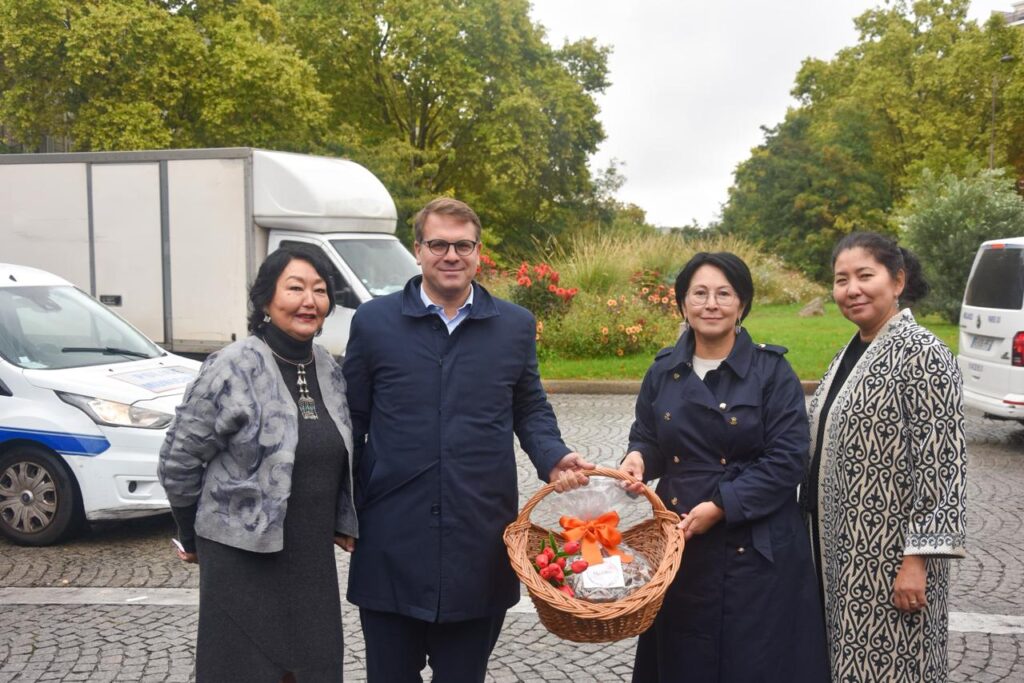Kazakhstan stands out sharply on the demographic map of the world, according to Alexei Raksha, a Russian demographer. The republic’s government supports high birth rates, which not only bring significant benefits but can also be a source of risk.
Independent demographer Raksha has repeatedly said that Kazakhstan does not fit into global fertility trends. By all parameters (relatively high GDP, rising living standards, urbanization, etc.), the republic belongs to countries that should have already completed the first demographic transition. This term means a decline in mortality and fertility due to improved nutrition and medicine, resulting in simple generational replacement. That is, women no longer give birth to 10-15 children, hoping that two or three of them will survive.
The first demographic transition has ended almost everywhere except in Africa, scientists believe. Nevertheless, according to Raksha, Kazakhstan — along with Israel — shows other indicators. In both countries, both religion and the desire for some kind of historical justice play a role. However, the demographer emphasizes that Kazakhstan’s fertility figures are unevenly distributed regionally and ethnically. The fertile southern and western regions contrast sharply with the north, where the population is aging.
Raksha recently commented on Kazakhstan’s birth rate by women’s ethnicity in 2022-2024. “If Kazakhs, Uzbeks and Uyghur women have birth rates at 2.9 to 4.2 children per woman, then representatives of European nations have an average of 1.3-1.5 children (average European level). It is obvious that there is a deep difference in cultural attitudes, both in the degree of social conservatism and in the level of religiosity,” he wrote online.
According to his data, in recent years, Kazakhstan has been steadily overtaking Uzbekistan, formerly considered the regional leader in population “production”. This is confirmed by the data of the study of the leading medical journal The Lancet “Institute for Health Metrics and Evaluation” (IHME) on fertility in 204 countries and territories in the period from 1950 to 2021 with forecasts up to 2100. According to the report, Kazakhstan has surpassed all its neighbors in Central Asia and all countries in the Northern Hemisphere in terms of fertility over 70 years.
For contrast, Raksha constantly cites data on prolonged depopulation in Europe, North America, China, Korea, and Japan. Countries whose population is inexorably aging and whose birth rate is below the level of simple reproduction (less than two children per woman) are doomed to attract labor migrants, the expert believes. In addition, the SWO plays a destructive role in the post-Soviet space. Russia has faced precisely unrecorded but obvious demographic losses, while Ukraine is on the verge of social catastrophe.
Kazakhstan will not face the fate of an endangered country in the coming generations. In late April, the Bureau of National Statistics of Kazakhstan reported that the total fertility rate in 2023 amounted to 19.52 per 1000 people. In 2022 it was at the level of 20.57 births per 1000 people. The highest birth rates are noted in Mangistau region (26.74 people per 1000 people), Turkestan region (26.18) and Shymkent city (25.70). For comparison, the birth rate in Russia is 8.9 per 1,000 people; in Italy – 6.2; in South Korea and Hong Kong – less than 6 people.
In surveys, many Kazakhstani women say they want to have “as many children as God gives”. Raksha in one of his interviews pointed out that women are pushed to increase the number of children by the memory of mass deaths during the famine of the 30s (the so-called “Great Dzhute”, when many Kazakhs died of hunger due to collectivization or were forced to flee to China). In addition, the republic also remembers that during the Soviet period, due to the mass, albeit often involuntary migration to Kazakhstan of Russians, Ukrainians, Belarusians and other peoples, Kazakhs were a minority in their own land.
Nevertheless, political scientists and sociologists warn against blind enthusiasm about birth rate records. In particular, the situation in Mangistau and Turkestan regions and the city of Shymkent is dire. Political scientist Daniyar Ashimbayev said recently: “The southern regions dump their excess population into megacities, where opportunities for socialization and employment have long been exhausted. It should be recalled that we are talking about the population of not even “labor-surplus” regions, but frankly poor, poorly educated and unemployed.
We can talk all we want about the state’s obligation to develop the social sphere and create jobs, but the fact is that population growth is systematically outpacing both. Resettlement programs in the northern regions, where birth rates are falling and death rates are rising, are not working”.
In addition, Kazakhstan continues to receive ethnic migrants mainly from similarly poor and overpopulated regions of Central Asia. In fact, the only scenario to avoid further “Palestinianization” of Kazakhstan is to regulate population growth. A complete transition from ethnic migration to professional migration.
While the government realizes that encouraging the birth rate leads to a weakening of the social infrastructure, it will not give up its dream of increasing the population to 35-40 million in the next few decades. Kazakhstan is the world’s ninth-largest country by territory and should have a population to match, officials have said.
The government is actively encouraging this strategy through child allowances. Although the number of payments is small, if a family has 5-7 children, they allow parents not to work.









